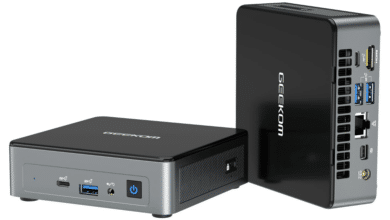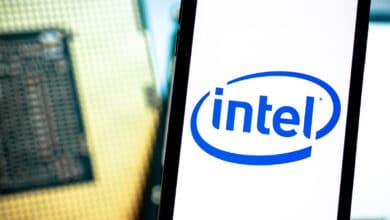
With the acquisition of Alterra in 2015, Intel gained a new business area: Since then, the company has also been involved with reconfigurable chips. However, the technology behind this is said to infringe the patent of a Japanese professor.
Patent filed in 2002
In 2002, Professor Masahiro Iida applied for a patent on a technique that enables the particularly efficient construction of so-called look-up tables. These look-up tables (LUTs), in turn, are used in reconfigurable chips that use field programmable gate arrays (FPGAs) and enable them to perform a wide variety of logic functions. The structure described in the patent thus forms the basis for all particularly powerful FPGAs.
The technical background is as follows: A LUT stores several bits, whereby the address lines can be freely wired. This solves efficiency problems. In a conventional design, either particularly large LUTs must be used, from which some functions benefit, while for others many resources remain unused; or small LUTs are used, which optimizes resource utilization but cannot provide some functions with the resources they need. Iida’s development makes it possible to combine the two.
Alterra has relied on flexible LUTs since 2004
Alterra has been relying on such a flexible LUT architecture since 2004. However, it is unclear whether this is a deliberate infringement of the patent. After all, this was only granted in the USA on November 2, 2004. Besides Alterra – and thus Intel since 2015 – AMD also uses such a LUT architecture. AMD came to its corresponding use through the acquisition of Xilinx. However, Iida has not filed a lawsuit against AMD, which is probably mainly due to the fact that the flexibility in AMD chips is lower than that of Alterra/Intel chips – so that the possibilities offered by Iida’s technology are not fully exploited or used here.
Output open
Against the background of the facts described above, the outcome of the proceedings must be considered open. While it is undisputed that Intel’s reconfigurable chips use an architecture described in Iida’s patent, the extent to which there is a deliberate infringement here is unclear. In this context, it is also interesting to note that Iida filed the lawsuit shortly before the expiration of the protection period of its patent, although the use of the described technology has been known for years. After the reversal of a billion-dollar fine in the EU, the lawsuit is in any case initially bad news for the company.



